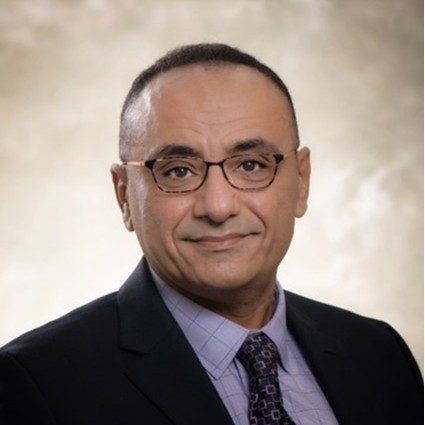DSAEC Distinguished Lecture: ‘Innovative Prestressing Technique for Infrastructure Resilience and Durability Using Shape Memory Alloys’
Presented by Dr. Bassem Andrawes, University of Illinois Urbana-Champaign
12:15 pm –
1:15 pm
Peter Kiewit Institute Room: 160
Target Audiences:
Additional Info: Also Kiewit Hall A405W and via Zoom
Contact:
The Durham School, durhamschool@unl.edu
The last few decades have demonstrated the vulnerability of our civil infrastructure to problems like aging, and natural and man-made hazards, including earthquakes, hurricanes, blasts, etc. Conventional materials such as steel and concrete have proven to be limited in their ability to withstand the extreme demands imposed on them by modern societies. The limitations in currently used construction materials combined with the consistently growing population worldwide present new challenges and demands for researchers in the field of structural engineering. Hence, there is an urgent need for new materials capable of extending the service life of structures with minimal or no need for maintenance or repairs. Shape memory alloys (SMAs) is a class of “Smart Materials” that have recently emerged as a potential construction material with unique thermomechanical properties, namely shape memory effect and superelasticity. This talk will provide the audience with a brief background on this new class of materials and their potential application in civil infrastructure. In this presentation, Prof. Andrawes will highlight two potential prestressing applications for SMAs that have been extensively studied by the Shape Memory and Structures (SMS) research group at the University of Illinois at Urbana-Champaign. The first application involves using SMAs to perform seismic retrofit and emergency repair of bridge columns lacking flexural ductility. In this application, SMAs are used as thermally prestressed transverse reinforcement that can apply considerable active confinement pressure to the columns at their plastic hinge regions to improve their flexural ductility. The second application focuses on developing a new Adaptive Prestressing System (APS) that can be used to apply localized longitudinal prestressing at targeted regions in the structural components where precompression is needed the most. The newly developed APS is investigated as an effective method for improving the durability of railroad concrete crossties.
https://engineering.unl.edu/durhamschool/durham-school-distinguished-lecture/
Download this event to my calendar
This event originated in The Durham School of Architectural Engineering and Construction.
